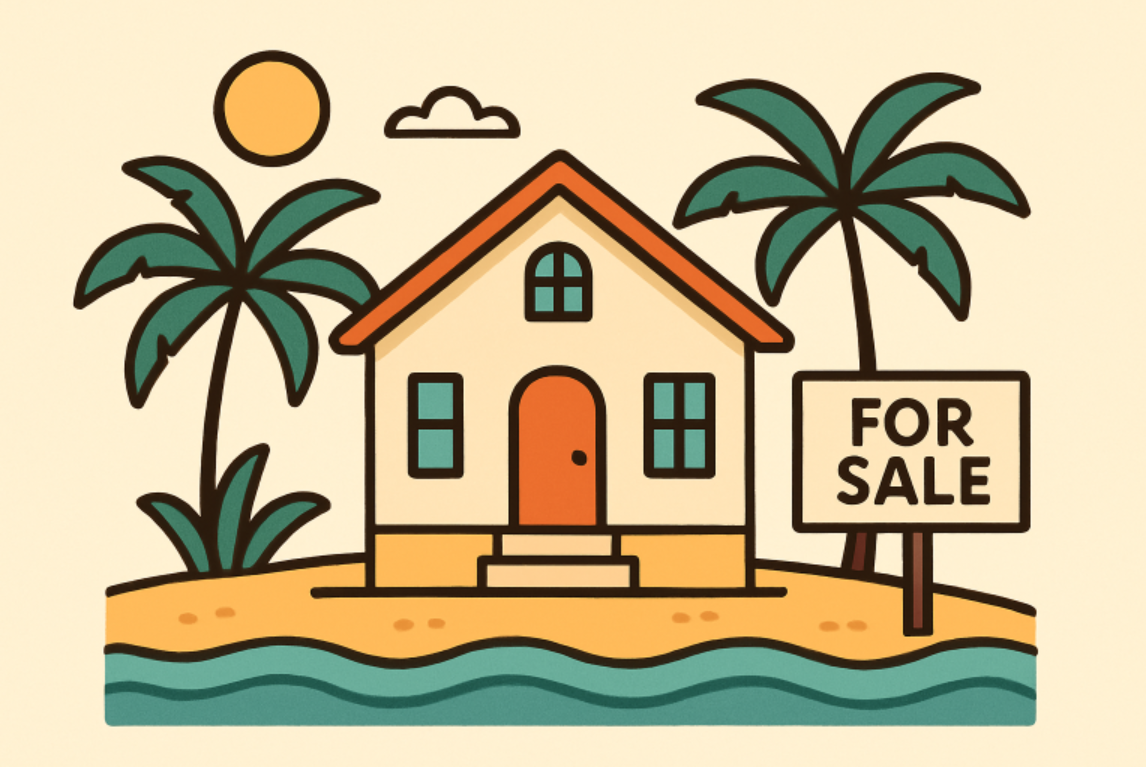For many homebuyers, owning a beach property represents the ultimate dream. Whether you’re seeking a serene personal retreat or a high-potential investment, coastal real estate offers unique opportunities—and challenges—that differ from buying homes inland. From understanding how coastal elements affect property integrity to navigating the complexities of local regulations, this comprehensive guide highlights what you need to know before pursuing homes for sale in Miami Beach or similar beachfront markets. Making an informed decision means more than falling in love with an ocean view; it’s about knowing how to protect your investment and enjoy the lifestyle that comes with it.
Beach properties promise breathtaking vistas, instant access to the shoreline, and a daily connection to nature. However, buyers must also be ready for the distinct responsibilities and potential risks—like saltwater corrosion, seasonal storms, and higher insurance premiums—that come with coastal living. By learning how to assess property resilience, researching local building codes, and exploring investment potential, you can ensure your dream beach home doesn’t become a regret. The more you know about the unique factors influencing beach real estate, the more successful your purchase will be.
Assessing Property Resilience
Beach homes sit at nature’s edge, making them vulnerable to saltwater, humidity, and storms. A comprehensive property inspection is a must; it should assess everything from structural foundations to roofing, joinery, and outside fixtures that can corrode in a salt-rich environment. Don’t settle for a standard home inspection. Instead, hire a professional who specializes in coastal properties, as they can identify specific problems like salt corrosion, wind damage, mold, and potential flooding risks that are unique to these environments. According to the AARP’s Smart Guide to Buying a Vacation Property, vigilant inspections can save buyers thousands of dollars and protect their investment from costly surprises.
In addition to obvious repairs, review the property’s flood and storm-readiness. Features like storm shutters, elevated foundations, reinforced windows, and advanced drainage systems can reduce risk and protect your home when severe weather hits. This is especially important in hurricane-prone areas where the threat of wind and water damage is ever-present.
Understanding Local Regulations and Insurance
Coastal real estate is subject to strict environmental and construction regulations. Before you buy, familiarize yourself with local zoning requirements, setback rules, and restrictions on renovations or new builds. Some communities enforce regulations to protect homeowners and the fragile coast, limiting how close you can build to the shoreline or what alterations you can make. Additionally, many municipalities require environmental impact assessments, particularly for homes situated near protected lands or dunes.
Insurance is another critical component. Beach properties often come with higher premiums because of their elevated risk profile. Homeowner’s insurance may exclude flood damage, so you’ll likely need a separate flood policy, especially if your property lies within a FEMA-designated flood zone. Shop around for quotes and speak with insurance agents with experience in coastal markets—the difference in coverage and cost can be substantial, depending on your home’s location and construction.
Evaluating Investment Potential
Investment in beach property can be both rewarding and lucrative, particularly in markets that attract tourists or seasonal residents. However, it’s essential to evaluate the local rental market’s strength, typical occupancy rates, and the seasonality of demand. Research comparable rental listings and analyze historic pricing trends to estimate potential returns. Consider factors such as maintenance fees, property management costs, and marketing expenses if you plan to lease the property as a vacation rental. Insight from resources like Kiplinger’s guide on the true cost of owning a second home can help you understand broader trends and best practices.
Be realistic about overhead, too: maintenance costs are often higher at the beach, with sand, salt, and sun wearing down even the best-built homes. Factor in utility costs, HOA dues (if applicable), and tourism-related taxes.
Considering Environmental Factors
The beauty of beach living comes with environmental risks such as erosion, hurricanes, and rising sea levels. Evaluate the property’s natural defenses: How high is it above sea level? Does landscaping prevent runoff or erosion? Look for well-designed seawalls or buffer zones when possible. Studying historical weather patterns and storm tracks can provide insights into potential vulnerabilities. Reliable scientific resources, such as National Geographic’s coverage on sea level rise, can help buyers prepare for the long-term realities of beachfront ownership.
When budgeting for your purchase, consider the likelihood of ongoing climate change impacts and future mitigation costs. Resilience today can mean lower costs and safer living conditions tomorrow.
Exploring Financing Options
Lenders typically have stricter requirements for beach properties due to higher perceived risk. Buyers may encounter higher down payment requirements, shorter loan terms, or higher interest rates. It’s in your best interest to partner with mortgage specialists who are familiar with the nuances of coastal lending. They can guide you through identifying loan programs suitable for vacation properties, second homes, or investment properties, and help you anticipate potential hurdles with approval.
Embracing the Coastal Lifestyle
Living by the beach is a lifestyle upgrade for many, but it comes with quirks. Enjoy easy access to water sports, sunbathing, and relaxed dining, but be prepared for challenges like heavy tourist influx during high season or relative isolation in the off-season. Join local community groups or social networks to learn more about the rhythms of your chosen beach community, ensuring a smoother integration with the local culture and amenities.
Conclusion
Buying a beach property is a rewarding journey that demands careful preparation. Conducting specialized inspections, understanding local regulations, weighing investment pros and cons, and planning for environmental changes are essential to success. Armed with this guidance and help from reputable agents and advisors, prospective buyers can look forward to the joys and rewards of owning a piece of coastal paradise.

